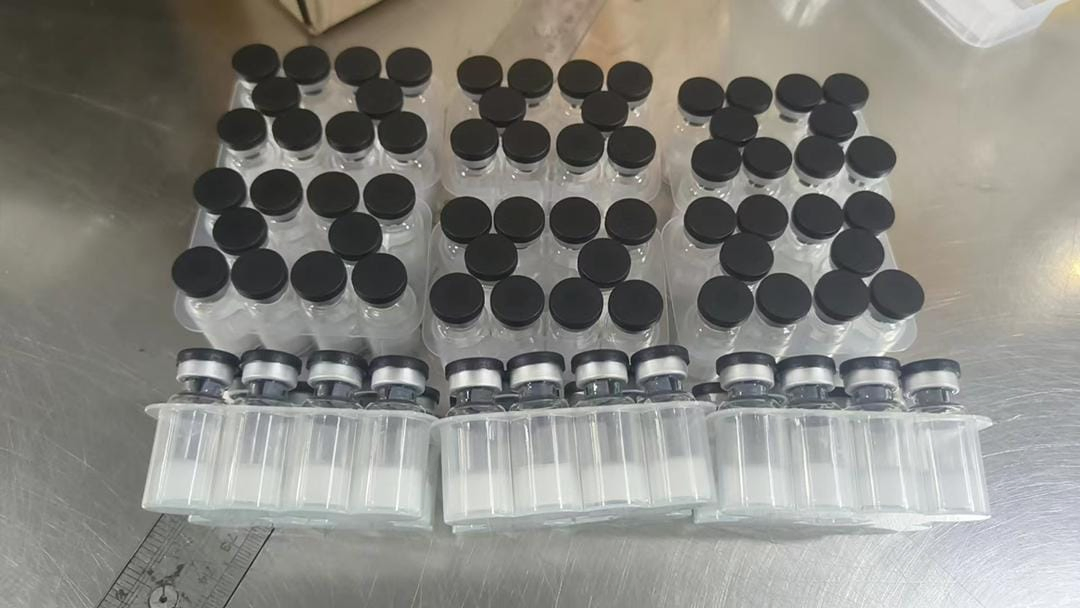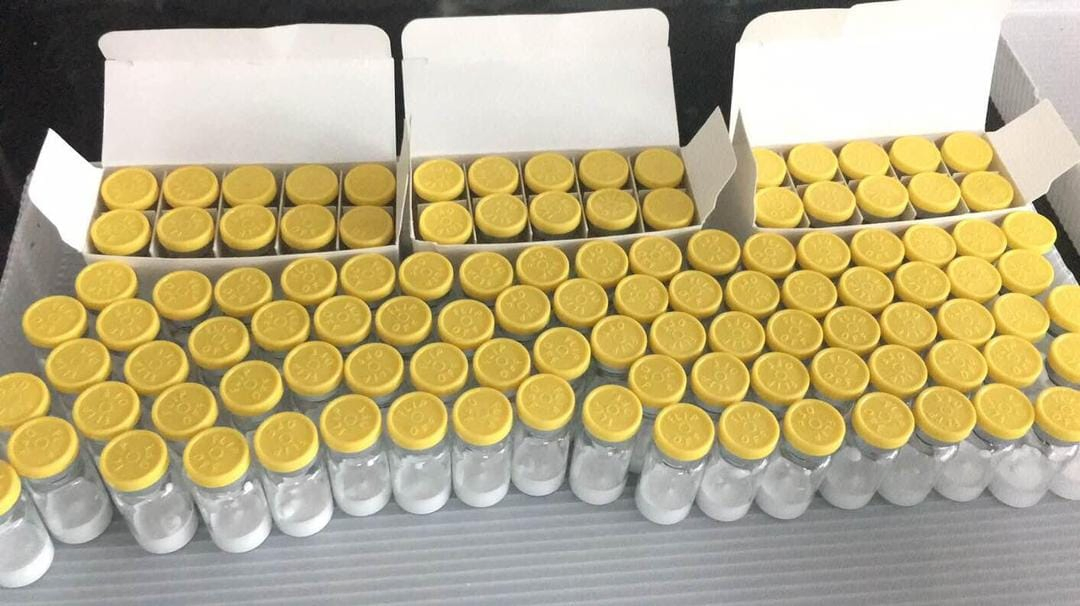Retatrutide (LY3437943) is a cutting-edge stat peptide that functions as a triple agonist targeting glucagon receptor (GCGR), glucose-dependent insulinotropic polypeptide receptor (GIPR) and glucagon-like peptide-1 receptor (GLP-1R). This innovative peptide demonstrates exceptional research potential in metabolic studies and obesity-related applications.

As a specialized stat peptides compound, Retatrutide exhibits potent activity with EC50 values of 5.79 nM (human GCGR), 0.0643 nM (human GIPR) and 0.775 nM (human GLP-1R). These remarkable properties make it an invaluable tool for researchers investigating metabolic pathways and potential therapeutic applications.
The stat peptides formulation of Retatrutide demonstrates significant biological effects including glucose-dependent insulin secretion stimulation, glucagon secretion suppression, delayed gastric emptying, and notable reductions in both fasting and postprandial glucose concentrations. These characteristics position it as a promising candidate for type 2 diabetes research applications.

Our stat peptides product Retatrutide is supplied as a white lyophilized powder with exceptional purity (≥99.0% by HPLC). The compound shows excellent water solubility (5mg/ml) and maintains stability when stored at -20°C, making it convenient for laboratory use.
For research purposes, this stat peptides formulation has demonstrated potential renal protective effects through GLP-1R/GR-dependent signaling pathways, showing anti-inflammatory and antiapoptotic properties in preclinical studies. These findings suggest possible applications in kidney disease research beyond its metabolic effects.

Researchers should note that common observations with stat peptides like Retatrutide include mild gastrointestinal effects in study models. These typically manifest as temporary and dose-dependent responses that can be managed through protocol adjustments.
As with all stat peptides for research use, proper handling procedures should be followed. This product is intended solely for laboratory research purposes and not for human consumption. Researchers should consult all relevant literature and regulatory guidelines before working with this compound.
